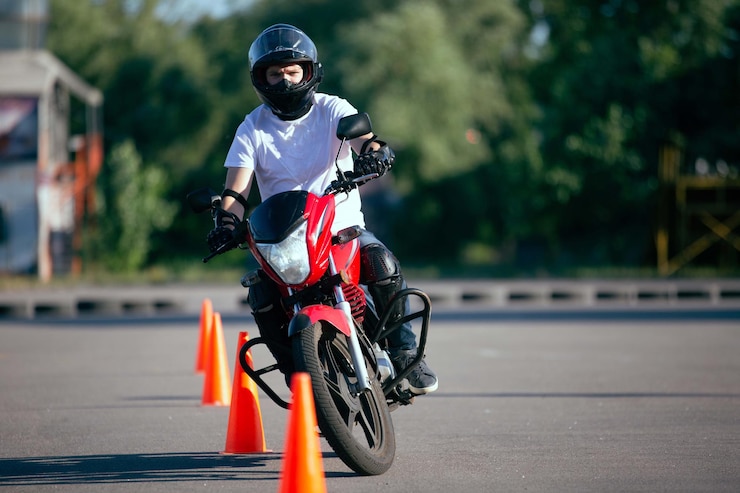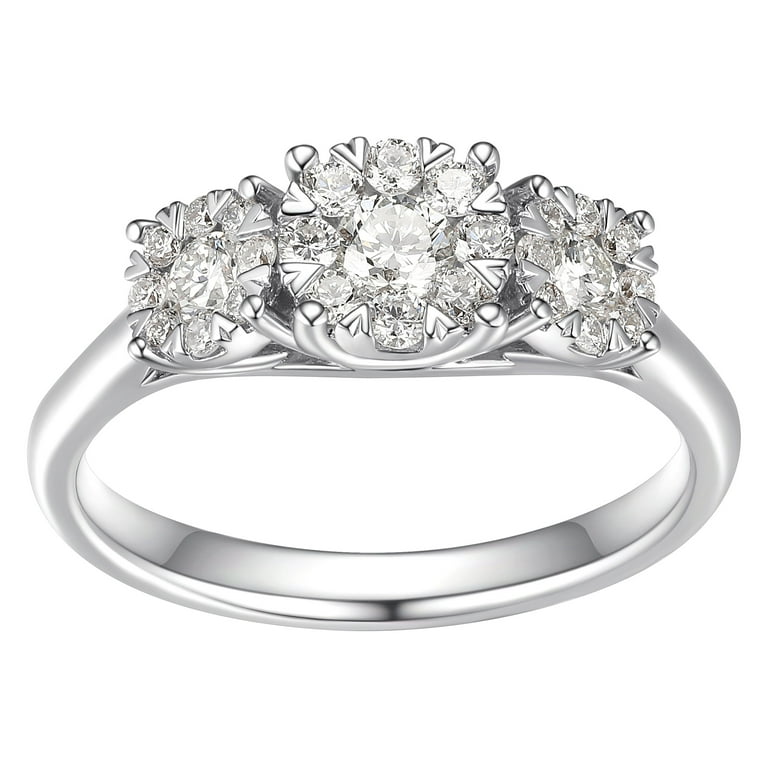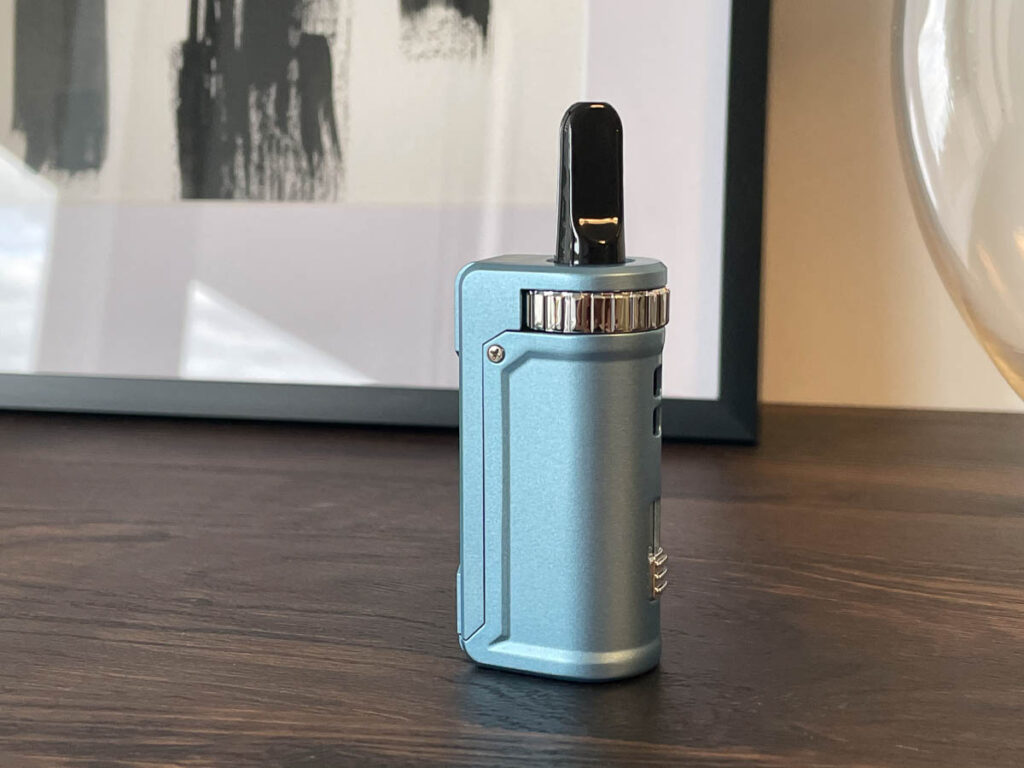
Riding a motorcycle through the scenic landscapes of Canada is a dream for many. The feeling of freedom, the wind in your face, and the open road all beckon to those who love adventure. But embarking on this journey requires more than just passion. It necessitates obtaining a Canadian motorcycle license, where CanadianBiker can be a trusted partner.
Whether you’re new to motorcycling or an experienced rider relocating to Canada, understanding the process and requirements for obtaining a motorcycle license is essential. In this content, we will talk about how to get a motorcycle license in Canada. So, buckle on your helmet and get ready to embrace the freedom and excitement of being a licensed motorcyclist in the Great White North.
Types of Motorcycle Licenses in Canada
In Canada, you’ll have to obtain the appropriate license before you can hop on a motorcycle and enjoy the open road. The type of motorcycle license is divided according to engine size and type of motorcycle – full speed motorcycles, limited speed motorcycles, or three-wheeled motorcycles. Each comes with its own class of licenses:
M1 and M2 for full-Speed Motorcycles
For the M1 and M2 licenses applicable for full-speed motorcycles, there are some conditions you must adhere to. Firstly and importantly, alcohol consumption while riding is strictly prohibited. Your blood alcohol level must be 0%. As an M1 or M2 rider, you’re initially only allowed to ride during daytime hours. Night riding privileges come with experience and skill improvement. Safety measures require riders to always wear helmets and avoid carrying passengers. The speed limit should be at most 80 km/hr unless on highways.
M1 and M2-L for limited-Speed Motorcycles
M1 and M2-L licenses cater to limited-speed motorcycles such as mopeds or scooters. To qualify for these licenses, your vehicle must be powered by either gas or electricity. Additionally, these vehicles are required not to exceed speeds of more than 70 km/hr, and their engine size should be less than or equal to 50 cubic centimeters.
M1 and M2-M for Three-Wheeled Motorcycles
For three-wheeled motorcycles, obtaining an M1 or M2-M license is essential. The vehicles designed for these categories include trikes and Can-Am Spyders, which max at four seats, including the driver’s seat. They shouldn’t carry loads weighing over 1,000 kg in terms of weight capacity. A unique characteristic of these vehicles includes their design with straddle seating and handlebar control mechanisms.
Eligibility Requirements for Motorcycle License
Just as a delicious meal requires specific ingredients and preparation, obtaining a motorcycle license in Canada also entails meeting certain requirements. It’s essential to understand the prerequisites for acquiring a road permit. These may include:
- Citizenship: You need to prove your permanent or temporary residency status in Canada. While the process may vary across different provinces, all require some form of residency proof.
- Age: Age is more than a number when it comes to securing a motorcycle license in Canada. The baseline age requirement, set at 16 years old, ensures that candidates have attained an age viewed as mature and responsible enough to handle the rigors of motorcycling.
- Vision Requirements: Good vision is deemed critical for operating motorcycles. This underscores the law’s stance on vision clarity. No significant visual defects are allowed. So, intermittent or regular riders must be keen on maintaining optimal eye health and functionality.
- Application Fee for License and Written Exam: There’s an associated application cost as part of the procedural elements for obtaining a motorcycle license in Canada. That covers administrative work and admission to a mandatory written examination.
- Pass the Written Test: A critical hurdle that stands between potential riders and their motorcycle-riding dreams is the written test. This test is designed to measure understanding and awareness of Canadian traffic laws, rules, regulations, road signs, etc.
Roadmap to Your Motorcycle License in Canada
Now that you’re familiar with the requirements, it’s time to explore the step-by-step process of obtaining a motorcycle license in Canada.
Fulfill Eligibility Requirements
Ensure you meet the citizenship, age, and vision requirements outlined earlier. Being a Canadian citizen or holding permanent or temporary resident status, being at least 16 years old, and possessing clear vision are essential prerequisites for obtaining a motorcycle license.
Written Exam and M1 License
Once you’ve met the eligibility criteria, you must pass a written exam that tests your knowledge of traffic laws, regulations, and safe riding practices. Upon successfully passing the exam, you will receive an M1 license, which allows you to ride under certain conditions. The M1 license is valid for three months.
Two Learning Levels
You must complete two learning levels to progress towards a full motorcycle license (M). The first involves riding a full-speed motorcycle, while the second involves riding a scooter. Each level provides valuable experience and skill development, ensuring you become a proficient and confident rider.
First Road Test
After a minimum waiting period of 60 days from receiving your M1 license, you can take your first road test. This road test assesses your practical riding skills and ability to handle a motorcycle safely on the road. Successfully passing this test allows you to move on to the next stage of the licensing process.
M2 License
You will be issued an M2 license upon passing the first road test. The M2 license grants you more riding privileges, including the ability to ride without certain restrictions placed on the M1 license. You have a maximum of five years to complete the learning process and obtain your full M license.
Second Road Test and Full M License
After 18 to 22 months of holding the M2 license, you become eligible to take the second road test. This is the final step toward obtaining your full M license. This comprehensive road test evaluates your advanced riding skills and knowledge. Successfully completing the second road test grants you the coveted full M license, allowing you to ride motorcycles without any restrictions.
Final Talks
Inviting the thrill of adventure and the exhilaration of the open road, learning to ride a motorcycle is as much about freedom as discipline. It’s not just an exciting way to traverse our vast Canadian landscapes but also a commitment to understanding and respecting traffic laws that keep everyone safe. So rev up your determination, stay focused, and soon enough, you’ll be cruising the Canadian roads as a licensed motorcyclist.







